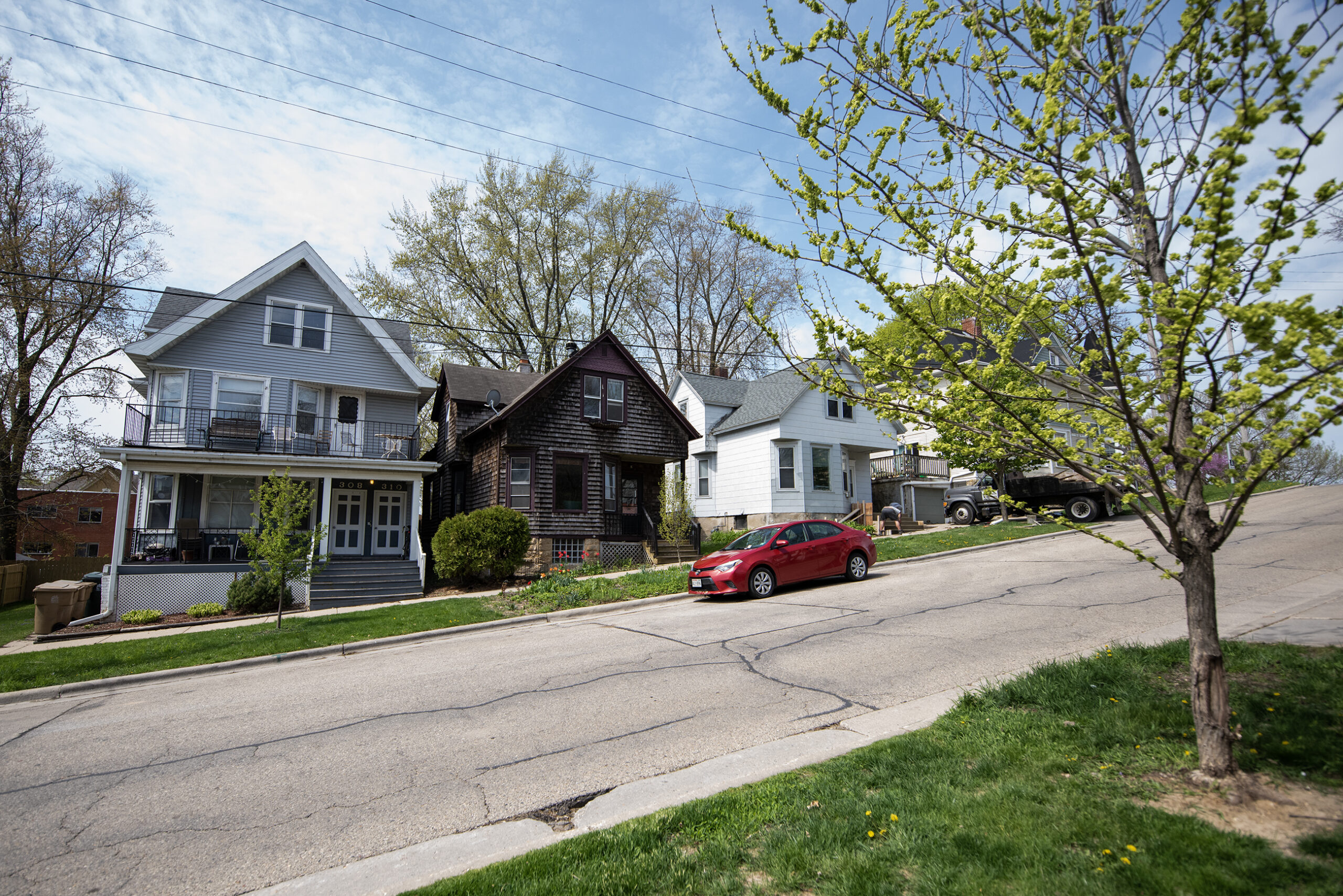Madison is relaxing rules that allow homeowners to add smaller homes —often called granny flats or carriage houses — near an existing house.
Previously, Madison allowed the addition of accessory dwelling units on properties with single-family or two-family homes. That could include an apartment built over a garage or in a basement. It could also include a separate, smaller structure, like a coach house in a backyard.
But the property had to be owner-occupied, and Darrin Wasniewski of AARP Wisconsin said that’s stopped accessory dwellings from being built.
News with a little more humanity
WPR’s “Wisconsin Today” newsletter keeps you connected to the state you love without feeling overwhelmed. No paywall. No agenda. No corporate filter.
“Banks will not finance them if you have an owner-occupant requirement,” Wasniewski said. “If they foreclose on it, who’s the owner that’s going to live there?”
The AARP supported changes adopted unanimously by Madison’s Common Council Tuesday, which removed the owner-occupancy mandate.
The amended ordinance also allows an accessory unit to be built near an existing building with up to eight housing units.
Madison Zoning Administrator Katie Bannon told the council the aim was to help fill in the “missing middle” of Madison’s housing market — for people seeking something that fall between a single-family home and a large apartment complex.
Only about 30 accessory dwelling units have been permitted citywide since Madison starting allowing them in 2012, and Bannon said cost has been a barrier.
“Among staff’s observations is that adding dwelling units to existing buildings
that create three or more units is cost prohibitive due to additional building code requirements that are triggered,” a memo from the city’s zoning office says.
But, under the changes, an accessory dwelling unit built near a multi-family property only needs to comply with the requirements for a single- or two-family home, rather than the requirements of a commercial building, Bannon said.
Madison resident Josh Olson told the council the amendments are a much-needed, if modest, way to increase housing density. During Tuesday’s public comment session, Olson said steep housing prices have pushed many of his friends to leave the city.
“They’re in Monona, they’re in Stoughton, they’re in Fitchburg,” said Olson, who’s a member of a nonprofit called Strong Towns, which sees to improve communities through urban planning. “They made the normal and rational decision, looking at the Madison housing market.”
A recent Wisconsin Policy Forum report found Wisconsin home prices are rising faster than incomes.
That disparity was especially steep in Dane County, where the median home sales price of about $385,000 is more than quadruple the median household income.
Renters are feeling the pinch, as well.
In Madison, more than half of renters were “cost-burdened,” with over 30 percent of their income going to housing in 2015. That’s higher than the rate for the rest of Dane County and the rest of Wisconsin, according to an analysis from University of Wisconsin-Madison’s Applied Population Lab.
Wisconsin Public Radio, © Copyright 2025, Board of Regents of the University of Wisconsin System and Wisconsin Educational Communications Board.






